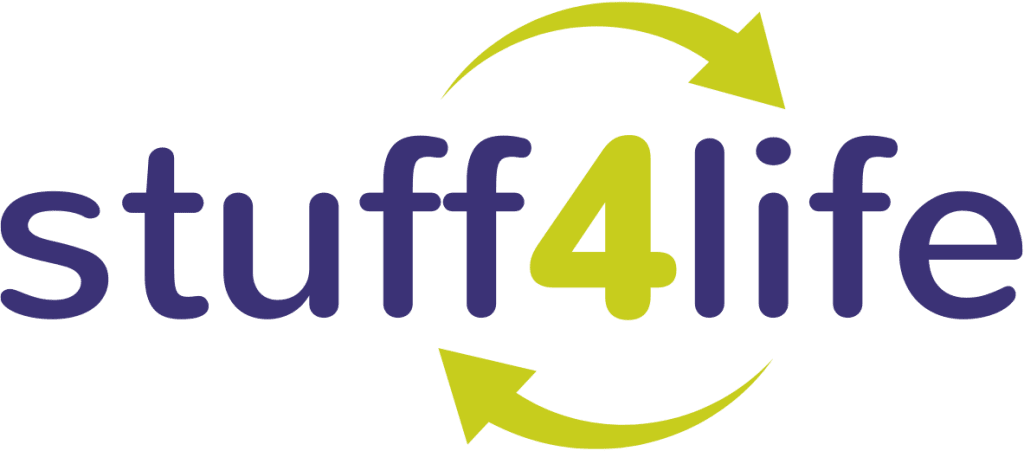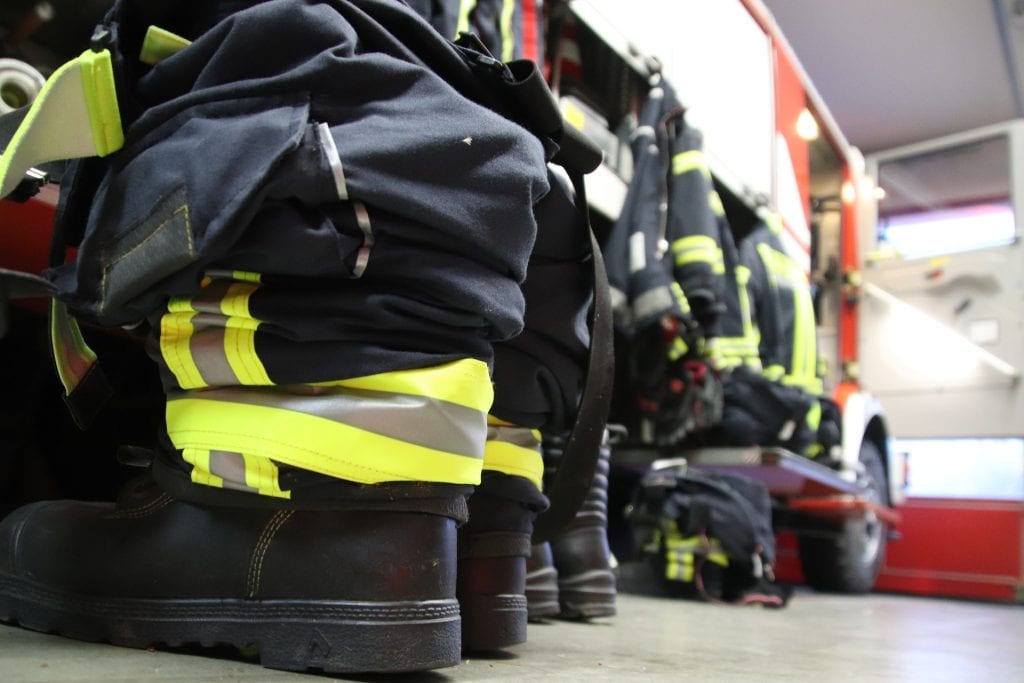Stuff4Life is a start-up company focused on delivering customer-based solutions that answer the question “what can I do with workwear and PPE at the end of its life?”
At the moment, the answer is simple – the only options are to put it in a hole in the ground or burn it to recover some of the embedded energy and emit all of the carbon. However, neither of these options is sustainable; the only thing they sustain is the current linear approach to make it/use it/bin it/forget it… and hope for the best.
Recycling polyester can reduce carbon intensity by 60% – it’s time to let your actions speak louder than your words and support the circular economy.
So, how do you recycle textiles?
There are lots of different textiles – there are options for pure cotton and pure polyester (although both still have residual waste outputs/system losses that require further processing), but let’s focus on polyester-rich workwear and PPE – the polycotton trousers, the hi-vis vests, the protective outerwear with its zips and poppers and toggles and coatings and reflectivity.
These garments are by their very nature both complex in terms of materials and highly functional in terms of keeping people safe, smart, dry and warm – so that they can do their jobs well.
However, one of the impacts of this essential, designed-in complexity is that they are more challenging to recycle.
The greatest challenge though is the complete lack of infrastructure in the UK – both to recycle these materials and to reincorporate them back into the manufacture of new textiles.
Stuff4Life is developing a chemical recycling option for workwear and PPE – the majority of which is polyester – that is flexible and can cope with the mix of materials that this segment presents.
The polymer chains are broken down to monomers which can be extracted and used again to make new polymers. This ensures the hydrocarbons from dinosaur juice, which were sat quietly minding their own business for the best part of 65 million years, are not unleashed on the atmosphere and remain ‘in play’ for future generations to make increasingly good use of.
The hydrocarbons can instead enjoy a second ride around the human material production system – perhaps embodied as a car component, a drinks container or even another shirt.
Our goal is to onshore the manufacture of polyester but we recognise this is a much more difficult and expensive process – our focus in the short term is to provide a viable alternative for recycling workwear and PPE and keep the hydrocarbons in play whilst the other steps to building a truly circular economy for polyester are put in place.
What should manufacturers do to ensure that their products can be recycled by Stuff4Life?
Our process enables some of the other components that make up workwear – the zips, buttons, pigments and reflectivity etc – to potentially be recovered as well. However, the Stuff4Life programme provides feedback on what’s there, what’s difficult, what impact different compounds and materials have on the efficiency and effectiveness of the chemical recycling process and how/whether these other components can be extracted.
This information is fed back to designers, specifiers, manufacturers and suppliers. The programme aims not only to recycle the product at the end of its life but to challenge why it ended up there at that time, how it could have remained ‘in flight’ for longer, and whether it could be made better, stronger, brighter or just easier to recycle.
There are some very clever fabrics and treatments out there and this aspect of human ingenuity is to be celebrated – indeed it may solve some of the current challenges of mixed material garments through being tailored to simplify products. Our one ask to manufacturers and designers is: do you know how your fabric or product can be recycled? And do you know where the technology exists to recycle or recover your fabric or product?
If the answer to either of those questions is ‘no’, contact us.
What advice would you give to companies seeking to create circular clothing?
Start at the end, not the beginning. Talk to us!
What about collecting end-of-life clothing for recycling?
Collection is arguably the easy bit although still represents a single point of failure in the current model. Companies are mixing cotton products with other clothing which substantially reduces or more likely eliminates the ability to recycle the cotton fabrics.
Collectively, our aim must be to work on the easy stuff whilst the more complex things are sorted – cotton workwear should be segregated. But then, at company level, in most cases your workwear and PPE ought to be coming back to you from employees on an exchange basis anyway for security reasons, right?
This is the first thing to fix – it means it’s segregated from other waste, and can be separated by category (boots/headwear/clothing etc) or if necessary by material. This doesn’t need to be complex or demanding, but it is a different way of working. If one thing is for certain, it’s that things are going to have to change.
After that, everything is much better.
*NB: text extract from a contribution to PCIAW for a forthcoming sustainability report.




